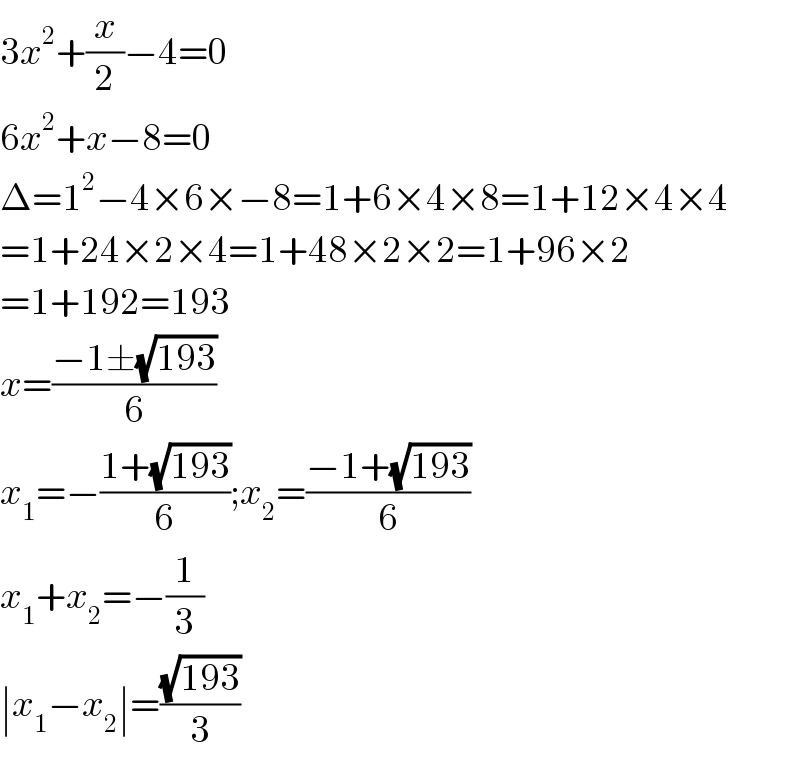
Question and Answers Forum
Question Number 34184 by Rio Mike last updated on 02/May/18

Commented by candre last updated on 02/May/18

Answered by Joel578 last updated on 02/May/18

| ||
Question and Answers Forum | ||
Question Number 34184 by Rio Mike last updated on 02/May/18 | ||
 | ||
Commented by candre last updated on 02/May/18 | ||
 | ||
Answered by Joel578 last updated on 02/May/18 | ||
 | ||
| ||